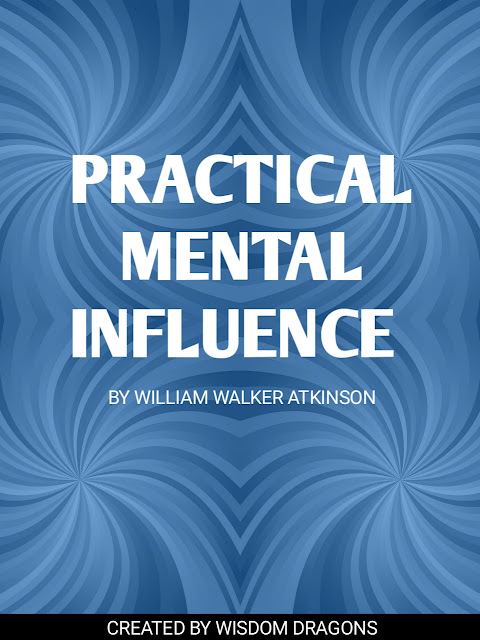HOW TO READ HUMAN NATURE/PART 9
CHAPTER IX
THE EMOTIVE QUALITIES
The fourth group is that known as the Social Qualities, which group is composedof the following particular Qualities: Amativeness; Conjugalit; Parental Love; Sociability and Home Love. This group manifests outer form at the lower-back portion of the head (see Fig. 5), and shows itself by an enlargement of that region, causing the head to "bulge" back of the ears. It may best be understood by an examination of its several particular Qualities.
Fig. 5
THE EMOTIVE QUALITIES
Amativeness. This Quality
manifests in a strong desire for sexual indulgence and association with the
opposite sex. Its purpose is, of course, the reproduction of the race, but its
abuse and perversion has led man to many excesses and unnatural practices. It
is a dynamic propensity and its normal development is seemingly necessary in
order to produce the "life spirit," and vital activity mental and
physical. Those in whom it is deficient lack "spirit" and energy,
while those in whom it is developed to excess tend to lean toward
excesses. When developed normally it seems to add an attractiveness or
"magnetism" to its possessors; when deficient it renders the person
"cold" non-magnetic and unattractive; when over-developed and
unrestrained it causes the person to become disgusting and repulsive to the
normal person; vulgar, licentious and depraved. Its seat is in the cerebellum
or "little brain," and it manifests outer form by an enlarged
"fullness" at the nape of the neck, at the base of the skull (see
group figure). It tends to cause the head to lean backward and downward at the
nape of the neck. It also manifests by fullness of the lips, particularly in
their middles. The lips and position of the head of persons in whom this
quality is largely developed is indicative of the attitude and position of
kissing. Spurzheim says of it: "It is situated at the top of the neck, and
its size is proportionate to the space between the mastoid process, immediately
behind the ears, and the occipital spine, in the middle of the hind head."
It is noticeable that those in whom this quality is fully or largely
developed seem to have the power of attracting or "charming" those of
the opposite sex, while those who are deficient in it lack this quality.
Conjugality. This quality
manifests in a strong desire for a "mate"—and one mate
only. While Amativeness may cause one to seek the society of many of the
opposite sex, Conjugality will act only to cause one to seek the one life
partner. Conjugality causes the desire to "mate for life." It is something
quite different from Amativeness, although of course related to it. The
location of its outer form, between Amativeness and Friendship, gives the key
to its quality—love with companionship. Those in whom it is well
developed are very close to their mates and tend toward jealousy; they suffer
intensely when the relation is inharmonious or disturbed in any way, and are
often brokenhearted at disappointment in love or the death of the mate. Those
in whom it is deficient feel very little true companionship for their mates,
and with Amativeness large are apt to be promiscuous in their manifestation of
love or passion; if one love is interrupted or interfered with they find
little difficulty in shifting their affections. Those in whom it is strong are
"true unto death," while those in whom it is weak are fickle,
inconstant and lack loyalty. The Quality manifests outer form on each side of
the lower-back of the head, just above Amativeness and just below Friendship,
and on either side of Parental Love—the location being especially indicative of
its nature (see group figure).
Parental Love. This Quality
manifests in a strong desire for and love of children, particularly one's own.
Those in whom it is very strong often adopt children in addition to their own
and love to caress children wherever and whenever they may see them. It
manifests outer form at the lower-back part of the head on the middle-line of
the head, above Amativeness, and below Inhabitiveness (see group figure).
Sociability. This Quality
manifests in a strong desire for companionship, fellowship, friends, sympathy,
society, associates, etc. It is the "social sense." Those in whom it
is strong feel happy only when surrounded by associates, friends or boon
companions. They incline toward lodges, clubs and social gatherings. To be
alone is to suffer, to such people. Those in whom it is weak prefer to be
alone, or at the best with a few carefully chosen companions, and avoid
promiscuous friendships and social gatherings. It manifests outer form just above
Conjugality, and at the sides of Parental love and Inhabitiveness, and directly
back of Cautiousness and the upper-part of Combativeness (see group figure).
Home-Love. This Quality
manifests in a strong love of familiar places, particularly of one's home and
near-by country, and from this springs love of country and patriotism. Those in
whom it is strong dislike to travel, and are subject to home-sickness. Those in
whom it is weak are fond of travel, readily change their places of abode, and
are apt to become "roamers" if they indulge the Quality. When over
large, it inclines one toward narrowness, sectionalism and provincialism; when
small, it inclines one toward frequent moves, and changes of residence and
location. It manifests outer form at the back part of the head, on the
middle-line, directly above Parental Love and below Continuity (see group
figure). When it is large it tends to produce a ridge, flat-iron-shape and
pointing upward; when small, it presents a depression sufficient to contain the
ball of the finger. Its close connection to Continuity, on the one hand, and
Parental Love on the other, is very suggestive.
NEXT CHAPTER




Comments
Post a Comment